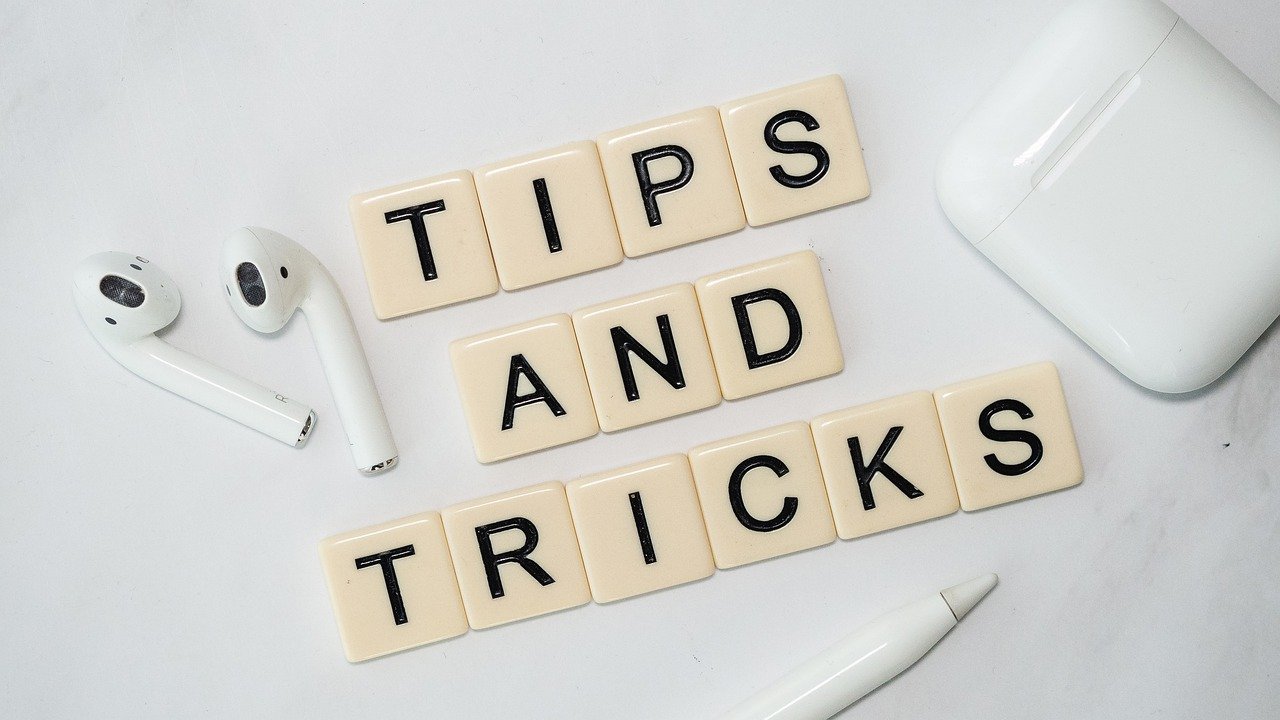Some people asked me for additional information about the toolkit I sent out, so here it is.
The first tip was about dreams we remember. Firstly, we can trust that what we remember is useful. You know when you’re having those really long dreams that seem to go on forever, you wake up – it’s only been 30 minutes and then you wake up the next morning and you can’t remember any of it? That’s ok. Some people might remember a fragment of that epic dream and think it’s not worth looking at because it was “only a fragment.” Fragments of dreams matter as much as epic all-nighters!
There are many theories about what dreams are and what they are not. I am not here to debate those theories. I am also not here to tell you how to work with your dreams. I do not believe that any system of working with dreams is more useful/beneficial/better than another; I think they all have their merits. What I will tell you is that I believe dreams emerge from our unconscious and I believe the fragments of dreams we remember are remembered because they support our psychological health and overall well-being. All dreams. Yes. Even the nightmares. Especially the nightmares: more on that in another blog.
Tip number 2! OMG at this rate, this is going to be a book, not a blog. You know when someone talks about their dream and then immediately they follow it up with “well of course it means this thing, this thing I already knew.” Well, it might. And the dreamer is “always right.” BUT it is kind of fun to keep in mind that dreams also come along to tell us something we do NOT know. If it’s somewhat true that dreams come from the UNCONSCIOUS, then that material is latent, hidden, not known!!! So have fun. Explore. What could your psyche be inferring that is just out of sight, just out of conscious awareness?
Tip number 3 brings up the “A-Ha” moment. This has nothing to do with the 80’s band (Yes, I’m dating myself) and it is for me at least a preferable term to the idea of a “breakthrough” moment. It is a moment I personally love when running a group. That look in the dreamer’s eyes when someone has projected onto the dream, and a tidbit from the dreamer’s unconscious seeps into broad daylight as it drips into conscious awareness.
Tip number 4 is all about onions. Not any old onions. But this idea that dreams have many, and I mean many layers just like an onion. This leaves room for the dreamer to broadcast they know exactly what the dream means: they had the dream about Cornflakes because they had Cornflakes for breakfast. So that’s one layer. And then there are all the other layers which can be peeled away one by one as the dreamer explores and appreciates the dream either with a group or a clinician.
The language of dreams is broached in tip number 5. I don’t know about you but I love what is not immediately obvious. I love to solve a puzzle or a riddle. I love to see the hidden meaning behind a word or even a gesture. As therapists, and maybe this is just my projection, but we love to over analyse, we read into sighs, and body language and yes, gestures; we even read into what is not talked about. And we LONG to discover the hidden meanings in EVERYTHING. Well, if that description fits you, then you will love dream work, because there are hidden meanings all. over. the. place.
Dreams are not literal. And sometimes they are – we come back to onions and all the layers. Sometimes a dream about Cornflakes is just that: I ate Cornflakes for breakfast, I’m hungry before bed and I dream about Cornflakes. However, the language of dreams is more likely to express itself in metaphor, pun, parable, double entendre and a myriad of other forms of wordplay.
Another really fun aspect wrapped up in the language of dreams is that those of us interested in all the woo woo type systems like astrology, numerology, archetypes, mythical symbolism, mythology etc will find elements from those systems in dreams. I pay special attention to what could be perceived as symbols from those systems when they re-occur in clients’ dreams.
Ok, I feel myself having gone off on a bit of a tangent with that last tip. So let’s get back on track with tip number 6! Dreams as “secret weapons.” There are wonderful stories of great discoveries coming from dreams: think Einstein’s theory of relativity, the sewing machine, symphonies and many others from some of the greatest brains of all time. During my research study, participants were asked to solve a question or current problem. All of the participants did except for one (who also said they didn’t want to work on that) and many of the participants answered more than one question or solved more than one problem. The unconscious part of our brain contains a mostly untapped resource of inspiration that can be so helpful if you know where to find it (that’s where I come in to help you find it!!!)
Tip number 7 addresses the idea that dream work can improve relationships. Yes. It. Can. Not only do group members feel connection and a sense of cohesion between group members, but this attitude seeps into their relationships outside the dream group. Participants find themselves really listening to other people and they also find themselves paying more attention to nuance (as we do in the dream group process). Additionally, the dream group process lends itself to being a type of experiential training on “how to empathise” without ever stating that as a goal. As soon as someone imagines someone’s dream being their own, they automatically step into someone else’s shoes and imagine what that dream would be like if it were their own!
And last but not least: Tip number 8. This one was really hard to find a succinct way to describe it for the toolkit, and so I’m grateful I have more space to explain what I meant. I ran dream groups in inpatient treatment centres for addiction, (and actually there will be an article coming out on my work during that time in an academic journal in 2022,) but one of the benefits to doing dream work in any kind of community setting is that relations in the community setting improve. The reason for this is perhaps obvious: problems within the community or system emerge in people’s dreams. Then the community has an opportunity to work on the “problem” as symbolised in the dream. As the community works on the dream, they are indirectly working on the problem; as they own their projections onto the dream aka the problem, the problem starts to melt away and the community comes to a consensus. It can be a very healing and powerful experience.
So that’s it. There are many more tips and tricks but this is a great beginning. Stay tuned for an opportunity to work with me individually as you begin your journey towards the facilitation of dream work. Healing through dreaming!



Leave a Reply